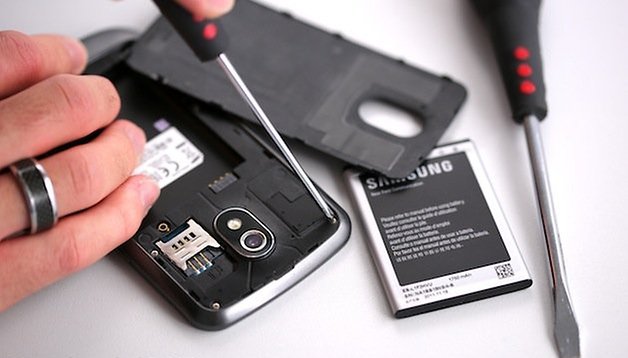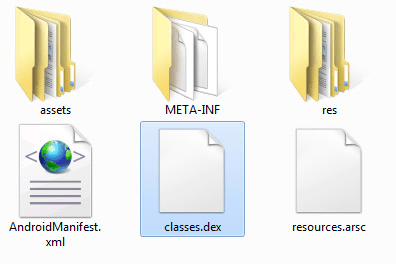Root / Custom Roms: Odexed and Deodexed, what's the difference?


For those interested in Custom ROMs and the modding scene, you've probably already heard of the terms ''odexed'', a characteristic of Android ROMs and ‘’deodexed'', an element known from custom ROMs. But what exactly hides behind these two terms and which advantages or even disadvantages does each one present? Well, let me explain...

Odexed
With an odexed ROM, you'll find files which end with .odex within the system app folders. This stands for ''Optimized Dalvik Executable File''. Browser.apk and browser.odex will appear in the /system/app folder as well.
But what's an .odex file?
And most importantly, for what is an .odex file used? It serves the purpose of organizing the system structure which contains application information (start up, usage, etc) and allows Android to access this information without having to go search for them and decompress them from .apk files. Odex files are directly loaded into the dalvik cache, which you've probably heard of when talking about wiping before or after flashing a ROM. This allows your system to run a lot quicker.
Advantages of an Odexed ROM
-Applications start a lot faster since the important information has already been loaded by the system beforehand.
-The .apk files are not as big, therefore they take up less room.
Disadvantages
-
App modding/themes/hacking becomes a lot more difficult because the code is now found in two different locations.
-
If you delete some of the app data, the .odex file must also be deleted in order to avoid errors.
The usual classes.dexfiles files in an APK: here are the ones from the navigator / © NextPit
Deodexed
When it comes to a deodexed ROM, all of the application information is found in an .apk file. The code found in the .odex files are added to the apk under the name classes.dex.
Advantages
-
Deodexed is a lot easier for modding/themes/hacking, because the data is found within the APK.
-
System apps are easier to delete, since only the APK must also be deleted.
Disadvantages
-
The program library can't be loaded beforehand, therefore slowing down the app start.
-
Bootloading also slows way down because the APK content first needs to be taken from the system for the reason that a direct access is no longer present.
It's important to note that these two disadvantages quickly go unnoticed since the dalvik cache stores information that has been extracted from the APK and saves it, to then be retrieved later on. Longer loading times would then be a direct consequence of emptying the Dalvik cache in the event of a Custom Recovery.
Bottom Line
Android versions which come directly from manufacturers are in most cases odexed. Custom ROMs on the other hand are deodexed nine times out of ten, which allows them to take up less room and offer more customization possibilities. So there you have it: odexed versions are optimized for speed, while deodoxed is better for hacking, themes and modding. Simple, right?















has the update for Sony Xperia z landed yet,i mean the 4.2.3